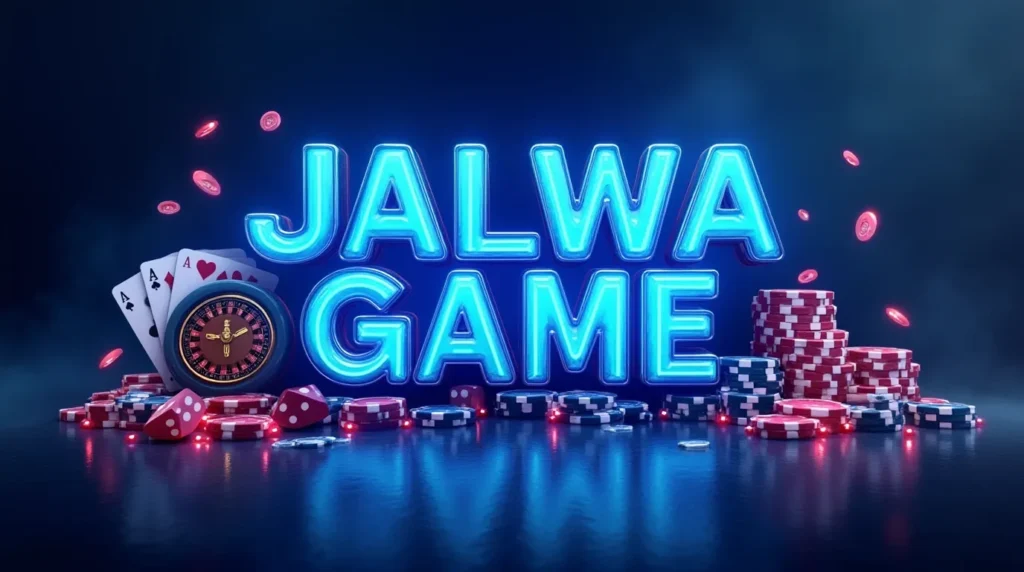
In the age of smartphones and instant gratification, color prediction games have emerged as a digital phenomenon. Marketed as simple, fast-paced games where users guess the outcome of a color—often red, green, or violet—these platforms promise quick rewards and low barriers to entry. For many, they appear to be the perfect digital side hustle: flexible, accessible, and potentially profitable. But behind the flashing lights and celebratory jingles lies a darker reality. For a growing number of players, these games have become less about earning extra income and more about chasing losses, battling addiction, and navigating emotional and financial turmoil.
This article explores the dual nature of color prediction games through the voices of those who’ve lived both sides of the experience. Their stories reveal a complex landscape where opportunity and risk collide.
The Allure of Easy Money
For 24-year-old Ramesh, a college student from Hyderabad, color prediction games started as a curiosity. Introduced by a friend who claimed to be earning “pocket money” through the app, Ramesh downloaded it during a semester break. With just ₹100, he began playing casually, winning small amounts and feeling a rush of excitement with each correct guess.
“It felt like I had discovered a secret,” he recalls. “I could play between classes, during lunch, even while commuting. And when I won, it felt like I was smarter than the system.”
Ramesh’s story is not unique. Many players are drawn in by the promise of quick returns and the low entry cost. The games are designed to be intuitive, requiring no prior knowledge or skill. For those in financially uncertain situations, the idea of turning a few rupees into hundreds is irresistible.
When the Hustle Turns Into Habit
What begins as a side hustle can quickly morph into something more consuming. For Fatima, a 32-year-old homemaker from Lucknow, the game became a daily ritual. Initially, she played with leftover change from grocery shopping. But as her wins increased, so did her bets.
“I started believing I had a system,” she says. “I tracked patterns, watched tutorials, even joined Telegram groups where people shared tips. I thought I was being smart.”
But the wins were inconsistent. After a particularly bad week, Fatima deposited ₹5,000—money meant for her child’s school fees—hoping to recover her losses. She didn’t. The guilt and anxiety that followed were overwhelming.
“I couldn’t sleep. I kept thinking, ‘Just one more win and I’ll stop.’ But that win never came.”
The Psychology Behind the Pull
Color prediction games are engineered to keep players engaged. With rapid rounds, dopamine-triggering visuals, and intermittent rewards, they mimic the mechanics of slot machines. The illusion of control—believing that one can predict outcomes based on past results—fuels continued play.
According to behavioral psychologists, this creates a powerful feedback loop. Wins are celebrated with animations and sounds, while losses are softened with cashback offers or “second chance” bonuses. The result is a game that feels winnable, even when the odds are stacked against the player.
Stories of Recovery and Reflection
Not all players remain trapped. Some, like 29-year-old Arjun from Pune, manage to step away. After losing over ₹20,000 in a month, Arjun deleted the app and sought help through an online support group.
“I realized I wasn’t alone,” he says. “There were others like me—students, professionals, even retirees—who had fallen into the same trap. Sharing our stories helped me regain control.”
Arjun now volunteers with a digital wellness initiative, educating others about the risks of gamified betting platforms. He believes that awareness is the first step toward prevention.
The Thin Line Between Game and Gamble
One of the challenges in regulating color prediction games is their ambiguous classification. Many platforms avoid the label of “gambling” by using virtual tokens or framing the activity as skill-based. This allows them to operate in legal gray zones, especially in countries where online gambling is restricted.
For players, this ambiguity can be misleading. The presence of leaderboards, referral bonuses, and flashy marketing creates the impression of legitimacy. But as many have discovered, the financial and emotional consequences are very real.
Conclusion: A Cautionary Tale for the Digital Age
Color prediction games occupy a unique space in the digital economy. They offer the allure of a side hustle but often function more like a gamble. For some, they provide short-term gains and entertainment. For others, they become a source of stress, debt, and regret.
The stories of Ramesh, Fatima, and Arjun highlight the spectrum of experiences within this world. They remind us that behind every “easy money” app is a system designed to keep users playing—and paying.
As these platforms like jalwa game colour prediction app continue to grow, so too must the conversations around digital literacy, ethical design, and user protection. Because in the end, a true side hustle should empower—not entrap.




